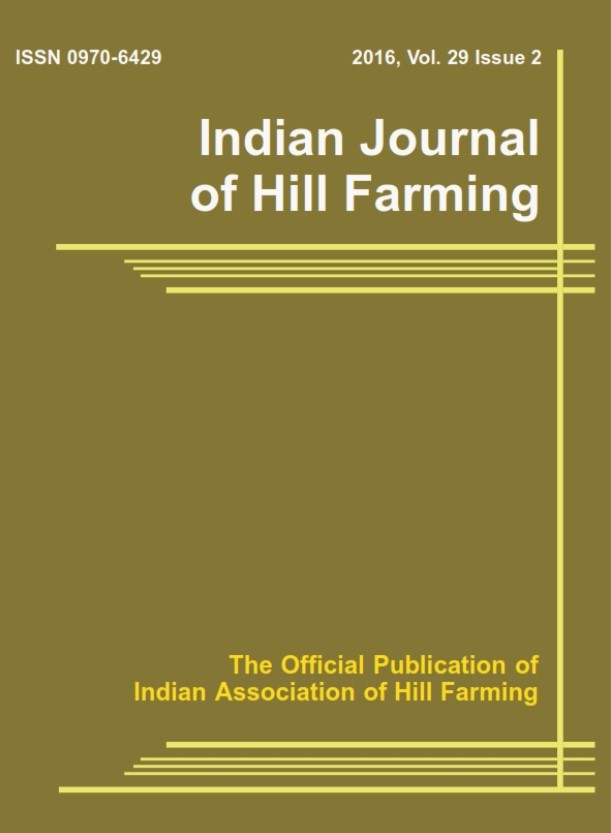Effect of Nanoparticles on Cocoon Parameters of Eri Silkworm, Samia cynthia ricini (Boisduval)
DOI:
https://doi.org/10.56678/Keywords:
Sericulture, Silkworm, Nanoparticle, Toxicity, Chitosan, Silver, Zinc-oxideAbstract
Sericulture is the practice of raising silkworms to produce raw silk. Synthetic pesticides have significantly increased in use for crop protection during the past 50 years. The growing concern for the environment and human health has heightened the need for novel low-risk control techniques and new chemical classes of pesticides. Recently adopted nanotechnology in the pest management industry has the potential to alter contemporary agriculture. Understanding their toxicity on non-target species is necessary due to the rapid growth of nanomaterials in several scientific domains. In the present study, Chitosan, Silver (Ag) and Zinc oxide (ZnO) nanoparticles (NPs) at seven different concentrations (25, 50, 100, 200, 300, 400, 500 ppm) were used on Eri silkworm (Samia cynthia ricini, Boisduval). The cocoon weight of the larvae treated with Zinc oxide nanoparticle showed little to no difference with control however the cocoons treated with Chitosan and Silver nanoparticle exhibited decreased cocoon weight with increasing concentration of nanoparticle treatment. The fibroin protein percentage decreased while the sericin protein percentage increased with increasing concentration of all the three nanoparticle treatments. The defects in the silk threads were observed highest at 500 ppm of Chitosan nanoparticle in all the defect types (Loop, Bad casting, Split end, Slug and Waste) which was followed by Silver and Zinc oxide nanoparticle in Split end, Slug and Waste while it was followed by Zinc oxide in Loop and Bad casting. The present study indicates toxic effects of nanoparticles on the cocoon parameters of beneficial insect like Eri silkworm.
Downloads
Published
Issue
Section
License

This work is licensed under a Creative Commons Attribution-NonCommercial-NoDerivatives 4.0 International License.




